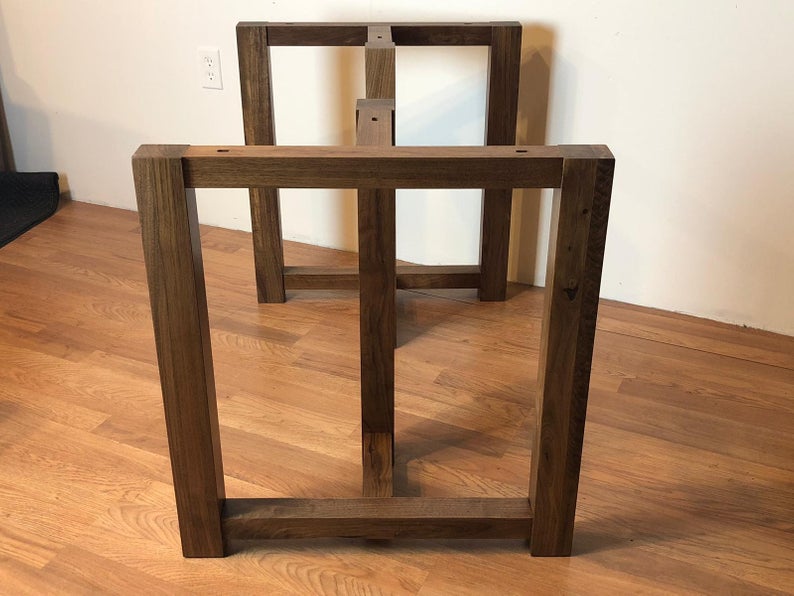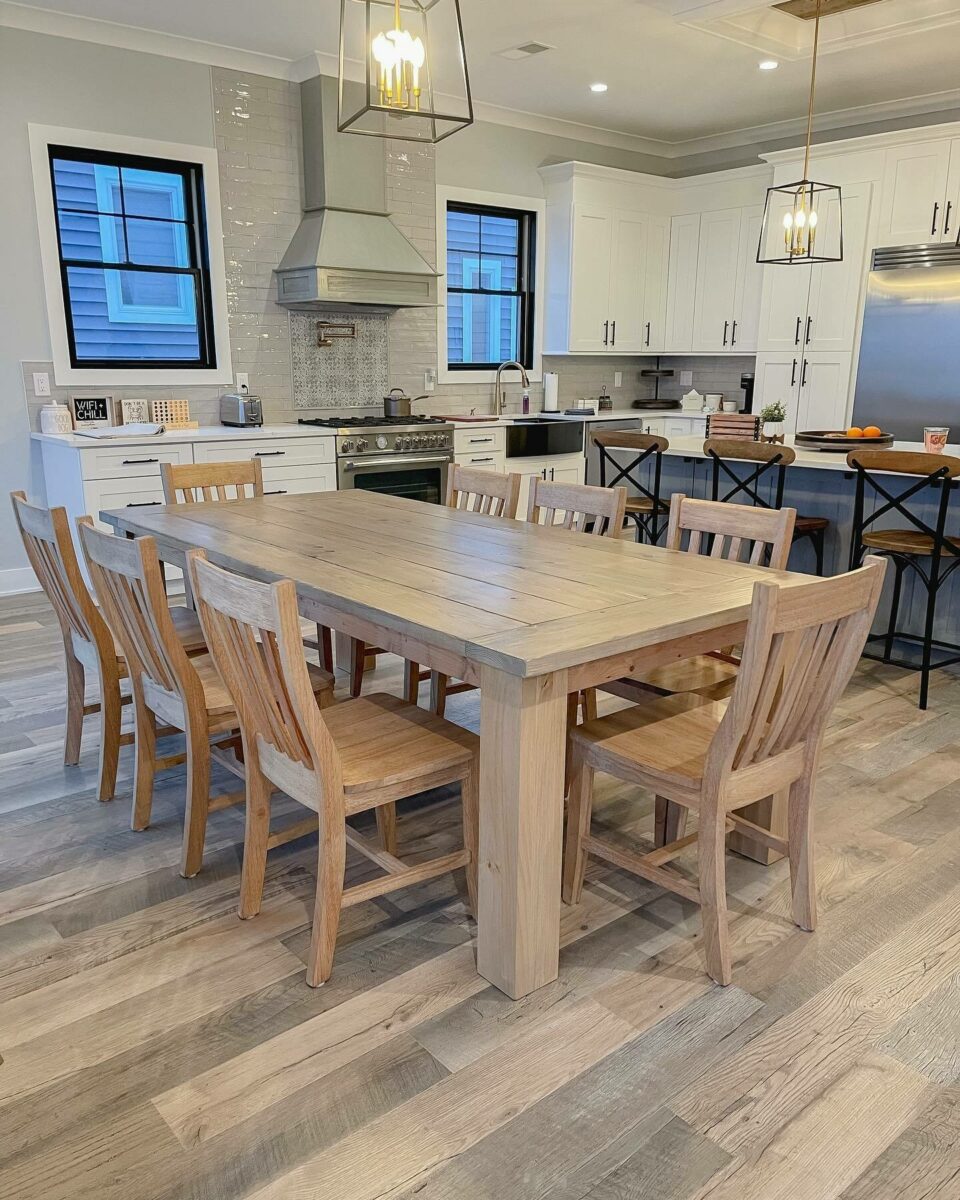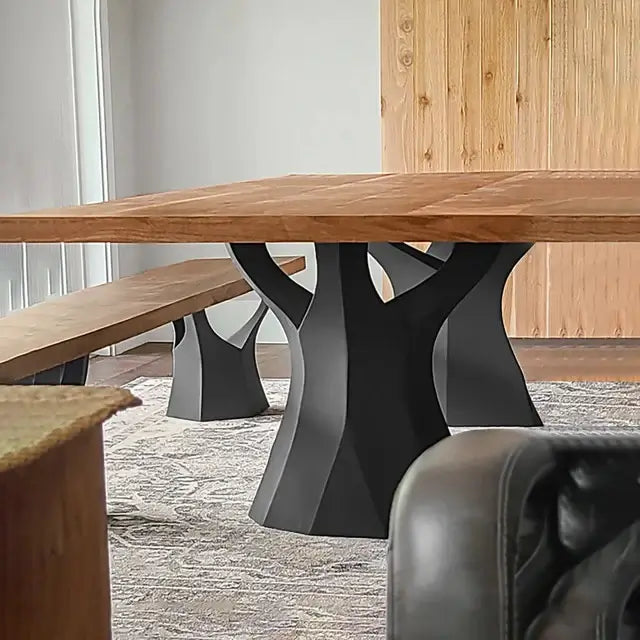Discovering the Various Kinds of Table Legs Timber for Your Eating Area
The choice of table legs wood can exceptionally impact both the useful and aesthetic qualities of your eating space. Strong wood alternatives, such as oak and walnut, offer a timeless look with unrivaled sturdiness, while crafted wood choices provide cutting-edge styles that resemble the richness of natural grains. Additionally, the expanding pattern of recovered timber presents a lasting component that attract ecologically mindful consumers. As we explore these numerous alternatives, it ends up being necessary to take into consideration not only the aesthetic allure but additionally the practical ramifications of each product choice. What aspects should guide your decision?
Solid Wood Options

Unlike crafted materials, solid wood is less susceptible to warping and damage over time when correctly preserved. Each piece of solid wood is unique, showcasing individual qualities that add to the charm and character of the dining table.
In addition, strong timber can be finished in numerous ways, varying from all-natural oils to tarnished coatings, allowing home owners to personalize their furnishings to match their style. In recap, picking strong timber for eating table legs not only makes sure architectural stability yet additionally improves the aesthetic appeal of the eating location, making it a beneficial investment for any home.
Engineered Timber Alternatives

Plywood, created from numerous layers of wood veneer, is particularly solid and steady, making it an outstanding choice for eating table legs. Its layered composition allows it to stand up to adjustments in humidity and temperature far better than typical strong wood. MDF, on the various other hand, offers a smooth surface for paint or veneering, enabling developers to accomplish a polished appearance while maintaining architectural integrity.
Particleboard, frequently made use of in affordable alternatives, supplies suitable stamina and is light-weight, making it much easier to handle. It may not be as sturdy as plywood or MDF. When choosing engineered timber options, it is important to take into consideration the designated usage and desired visual. These materials not just enhance the performance of eating spaces however additionally enable for higher layout adaptability, guaranteeing that conventional and modern styles can coexist sympathetically.
Reclaimed Wood Features
Reclaimed timber offers an one-of-a-kind blend of sustainability and personality, making it a significantly popular choice for eating table legs. Sourced from old barns, manufacturing facilities, and various other structures, reclaimed timber personifies a history that new materials merely can not replicate. Each item carries its own story, noted by distinct blemishes, knots, and varying grain patterns, which add to a table's special visual appeal.
In addition to its aesthetic charm, reclaimed timber is an environmentally friendly choice. By repurposing formerly made use of products, it minimizes the demand for brand-new lumber, thus assisting to minimize and conserve forests waste. This straightens with an expanding consumer preference for lasting techniques in furniture.
Moreover, redeemed wood is typically extra sturdy than recently gathered wood due to its age. The natural drying procedure that reclaimed wood undertakes results in a denser and more powerful product, making it much less at risk to bending and splitting. This enhances the durability of dining tables, allowing them to endure the roughness of everyday usage.
Softwood vs. Hardwood
When picking table legs, recognizing the differences in between softwood and wood is vital for attaining both useful and visual goals. Softwoods, obtained from coniferous trees, such as ache and cedar, are identified by their lighter weight and ease of adjustment. They usually exhibit a more rustic look, making them ideal for country-style or informal eating spaces. Nevertheless, softwoods are generally less long lasting than woods, which can be a consideration for family members or those looking for longevity in their furniture.
On the various other hand, woods, sourced from deciduous trees like oak, cherry, and maple, are renowned for their density, stamina, and toughness. The detailed grain patterns and abundant tones of woods give a innovative and classic appeal, making them optimal for formal dining settings. While hardwoods have a tendency to be a lot more pricey and larger, their strength against wear and tear commonly warrants the financial investment.
Eventually, the option between softwood and hardwood for eating table legs click here for more need to line up with your style vision, use demands, and budget, guaranteeing that your dining room mirrors your personal design while remaining functional with time.

Treatments and finishes
The aesthetic appeal and longevity of dining table legs can be significantly enhanced through various coatings and therapies. These procedures not just secure the timber from damages however likewise elevate its appearance, allowing it to enhance varied interior styles.
One common therapy is tarnishing, which passes through the timber and improves its natural grain while including shade. Discolorations Web Site give an abundant, sophisticated appearance, allowing home owners to match their furniture with existing design. Alternatively, clear surfaces such as polyurethane or varnish create a safety layer without modifying the wood's original tone, guaranteeing durability versus wear and tear.
Furthermore, all-natural oils, like tung or linseed oil, nurture the timber and supply a refined sheen, all while being eco-friendly. These oils enable the surface to breathe, stopping moisture accumulation and possible bending.
For those seeking a rustic beauty, troubled or weather-beaten surfaces can be put on produce an aged appearance, adding character to the item. Inevitably, the choice of finishes and treatments depends on individual choice, preferred appearances, and the particular timber kind, making it important to consider these factors when selecting table legs for your area.
Conclusion
To conclude, the selection of table leg materials substantially affects both the functional and visual elements of an eating space. Strong timbers, engineered options, and redeemed options each deal distinct advantages, dealing with various preferences and demands. Recognizing the distinctions in between softwoods and woods, in addition to appropriate surfaces and therapies, permits notified decision-making. Ultimately, the choice of timber type should straighten with wanted design, toughness, and environmental considerations, boosting the total eating experience.
The her explanation option of eating table legs timber can exceptionally affect both the functional and visual qualities of your dining area - Dining Table Legs Wood. Solid timber options, such as oak and walnut, provide a classic look with unrivaled durability, while engineered timber choices offer ingenious designs that resemble the splendor of natural grains. Solid timber supplies a classic quality that can raise the overall style of a dining room. Each piece of solid wood is one-of-a-kind, showcasing private attributes that include to the appeal and character of the eating table
Additionally, redeemed wood is typically more resilient than newly harvested wood due to its age.
Comments on “Find Ageless Elegance in Handcrafted Dining Table Legs Wood Selections”